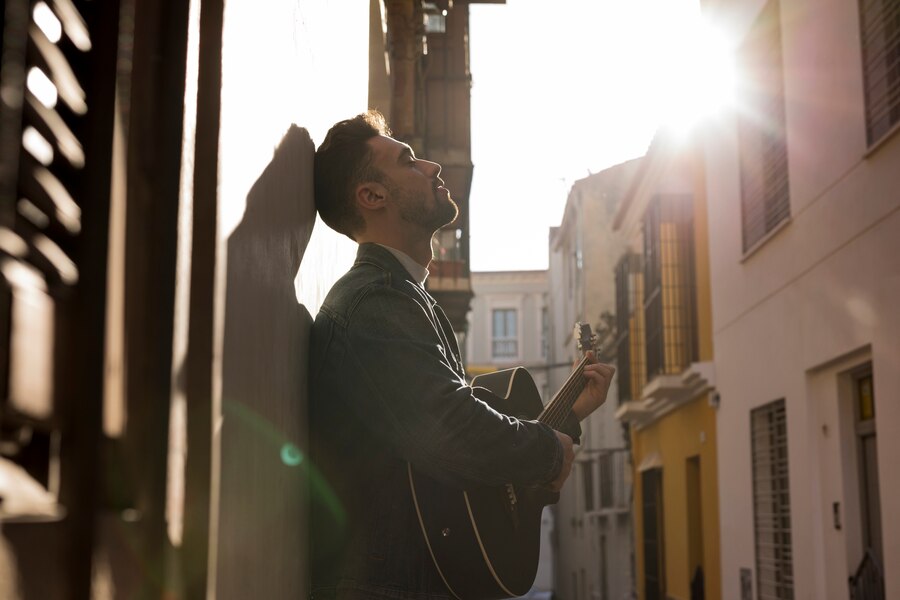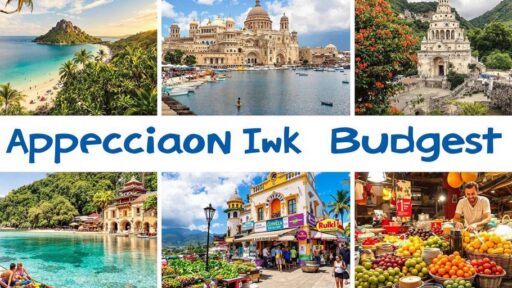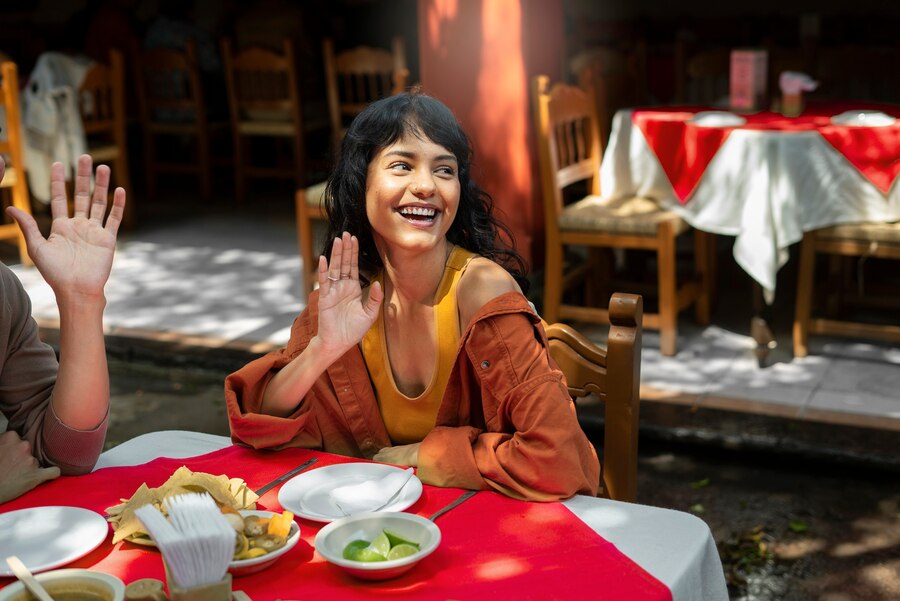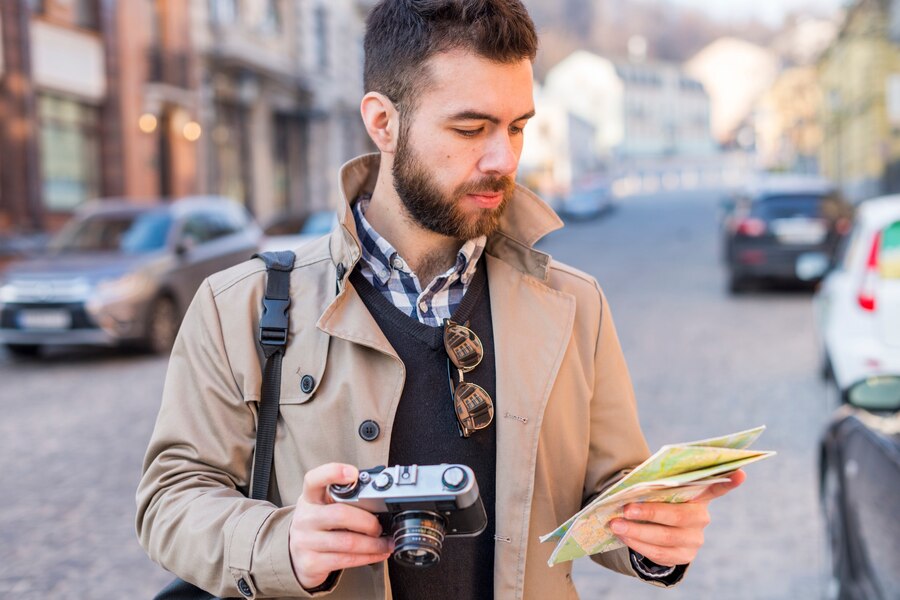Explore the vibrant street culture of Mexico City, where art, music, fashion, and urban life blend seamlessly. Discover the creative expression and dynamic energy shaping this iconic city’s streets
Mexico City, one of the largest and most vibrant metropolises in the world, is a pulsating hub of culture, history, and urban expression. It is a city where tradition and modernity converge, where the old meets the new, and where creativity flows through every street, alley, and plaza.
Among the most fascinating and compelling elements of Mexico City’s rich cultural landscape is its street culture. This term, which encompasses everything from street art to music, fashion, food, and social activism, offers a unique lens through which to explore the city’s identity and its people.

The Evolution of Street Culture in Mexico City
Street culture in Mexico City has deep roots in the country’s history, shaped by the cultural, political, and social dynamics of the region. With its complex colonial past, deep indigenous roots, and modern influences, Mexico City’s street culture is a reflection of its diverse, multifaceted identity.
The modern expression of this culture has evolved over time, particularly in response to Mexico’s urbanization and globalization. From the rise of graffiti art in the 1980s to the growing prominence of hip-hop and street food in the 2000s, Mexico City’s streets have long been a canvas for self-expression, rebellion, and community bonding.
Mexico City’s streets are more than just a passageway for daily activities; they are living spaces where people interact, create, and form identities. For instance, one can look at the famous murals of neighborhoods like Coyoacán or the vibrant street art in places like Tepito and Roma Norte.
These artworks often carry deep political and social messages, reflecting the city’s complex relationship with its past, present, and future. If you’re planning to visit the city, sites like The Urban Art Project offer insight into Mexico City’s ongoing street art movement.
Street Art: A Canvas of Social Commentary
One of the most striking aspects of street culture in Mexico City is its graffiti and mural scene. Murals are a living testament to the city’s rich artistic heritage, offering a colorful dialogue between past and present. The origins of street art in Mexico can be traced back to the early 20th century with the rise of muralism, which was championed by artists such as Diego Rivera and David Siqueiros.
However, the modern street art scene in Mexico City has grown into a vibrant, global phenomenon, influencing and being influenced by street artists from all over the world.
Notable districts like La Roma and Condesa are dotted with murals that explore everything from political activism to pop culture. The renowned area of Tepito, often regarded as the city’s beating heart of street culture, showcases bold graffiti, which often critiques social issues and reflects the voices of marginalized communities.
Visitors can also check out initiatives like Proyecto Vía, which works to transform neglected spaces into vibrant art hubs.
Street Fashion: A Blend of Tradition and Modernity
Fashion on the streets of Mexico City is another dynamic expression of urban culture. Mexico’s traditional garments, such as the colorful huipiles (embroidered tunics) and the charro suits, are often reimagined and mixed with contemporary streetwear styles, creating a unique fusion that defines the city’s street fashion scene. Local designers and fashion influencers have also played a significant role in shaping this eclectic streetwear culture, with brands like Pineda Covalin and Carla Fernández gaining international attention.
Street fashion in Mexico City is an active conversation between indigenous and mestizo (mixed) traditions, alongside global influences from hip-hop culture, skateboarding, and international streetwear brands.
This ever-evolving aesthetic creates a distinct visual language that attracts designers, stylists, and cultural critics worldwide. For more inspiration, websites like Vogue Mexico and Mexico Design regularly feature the best of Mexico’s fashion scene.
Street Food: The Heart of Mexico City’s Culinary Identity
Mexico City’s street food is an essential part of its cultural identity. From tacos al pastor to tamales and tostadas, street food vendors across the city serve up an incredible variety of dishes that capture the essence of Mexico’s culinary diversity. The bustling mercados (markets), such as Mercado de San Juan and Mercado de La Merced, are some of the best places to experience the flavors of the city firsthand.
In the streets, you’ll also find mobile food vendors selling everything from elotes (grilled corn on the cob) to sweet paletas (ice pops), reflecting the country’s rich agricultural history and vibrant food culture. The street food scene has exploded in recent years, with culinary entrepreneurs turning traditional dishes into modern, gourmet offerings. For those interested in exploring Mexico City’s food scene further, websites like Mexico City Food Tours offer guided tours of the city’s best food trucks and street food hotspots.
Music and Dance: The Rhythm of the Streets
Music is another essential aspect of Mexico City’s street culture, often filling the air in neighborhoods, plazas, and public spaces. Mexico City is home to a variety of musical genres, including cumbia, reggaeton, salsa, and of course, the traditional sounds of mariachi. The streets come alive with sounds from street performers and musicians, often accompanying the vibrant energy of the city.
One of the most popular street performances involves the “Mariachi Vargas” band, whose music has become a symbol of Mexican pride and identity. Visitors can experience the magical energy of mariachi music in places like Plaza Garibaldi, a lively square in Mexico City where mariachi bands congregate to perform.
If you’re interested in exploring more of Mexico’s musical heritage, websites like Mexican Music offer detailed insights into the evolution of Mexican music, both traditional and contemporary.
Street Sports and Urban Movement
In addition to art and music, Mexico City’s streets are also home to various urban sports and movement cultures. Skateboarding and parkour are particularly popular in the city, with various skate parks such as Skatepark Las Lomas becoming hotspots for enthusiasts. BMX riders, rollerbladers, and urban cyclists also take to the streets, especially around areas like Chapultepec Park and the Polanco district.
Street sports in Mexico City are often an outlet for youth expression, creativity, and resilience. These activities offer a form of rebellion against traditional structures and provide opportunities for social interaction and community building. As skateboarding continues to grow in popularity worldwide, it’s also becoming a significant part of Mexico City’s urban landscape.
A Global Movement: Mexico City’s Street Culture Influence
What makes Mexico City’s street culture particularly fascinating is its global reach. The city has become a hotspot for international collaborations in art, fashion, food, and music.
As Mexico City’s streets continue to attract creative minds from all corners of the world, the city’s cultural landscape remains a dynamic meeting point for people and ideas. International visitors and locals alike contribute to this ever-evolving urban tapestry, making the city a living laboratory for street culture experimentation.
Websites like Mexico City’s Tourism Board and Time Out Mexico City frequently highlight the best spots to explore the city’s thriving street culture, offering tips on hidden gems, street festivals, and artist collectives that make the city unique.
Comparison of Key Aspects of Mexico City’s Street Culture
| Aspect | Street Art | Street Food | Fashion | Music/Dance |
|---|---|---|---|---|
| Characteristics | Murals, graffiti, political art | Tacos, tamales, elotes, paletas | Fusion of traditional and modern | Mariachi, cumbia, reggaeton |
| Popular Areas | Tepito, La Roma, Condesa | Mercado de San Juan, La Merced | Polanco, Coyoacán | Plaza Garibaldi, Chapultepec Park |
| Cultural Impact | Reflection of social issues | Local community staple, casual dining | Expresses Mexico’s identity | Vibrant, joyful expression |
Frequently Asked Questions (FAQs)
Q1: What is street culture in Mexico City? Street culture in Mexico City refers to the various forms of artistic, musical, culinary, and fashion expressions that emerge in public spaces. It encompasses street art, food, music, dance, fashion, and urban sports, reflecting both traditional and modern elements of Mexican identity.
Q2: Where can I see the best street art in Mexico City? Some of the best street art can be found in the neighborhoods of Tepito, Roma Norte, and Coyoacán. These areas feature murals and graffiti that offer a powerful commentary on social and political issues.
Q3: What are the must-try street foods in Mexico City? You cannot visit Mexico City without trying tacos al pastor, elotes, tamales, and tostadas. For a sweet treat, paletas (Mexican ice pops) are also popular.
Q4: How can I explore street culture in Mexico City? The best way to explore street culture in Mexico City is by visiting local markets, walking through neighborhoods like Roma and Condesa, attending festivals, and checking out street performances in plazas like Plaza Garibaldi.
Q5: Is street culture a big part of daily life in Mexico City? Yes, street culture is deeply embedded in the fabric of daily life in Mexico City. It reflects the city’s unique blend of tradition, modernity, and creativity, and plays a major role in the identity of its residents.
Conclusion
Mexico City’s street culture is a living, breathing testament to the city’s rich history, diverse population, and ever-evolving identity. From the vibrant murals that decorate its walls to the food trucks that line its streets, Mexico City’s urban culture offers a fascinating glimpse into the heart of this global metropolis. It is a space for creativity, expression, and resistance—where individuals from all walks of life converge, creating something uniquely their own.
For those looking to experience the authentic pulse of Mexico City, exploring its street culture should be at the top of the list. The city’s streets are more than just roads; they are avenues of creativity, offering an unfiltered look into the lives of those who call this incredible city home. Whether you are an art lover, a foodie, or simply someone seeking to understand the soul of Mexico City, its street culture will captivate you with its energy, diversity, and vitality.


